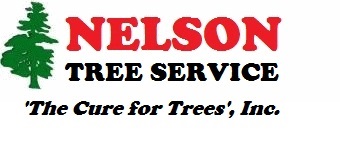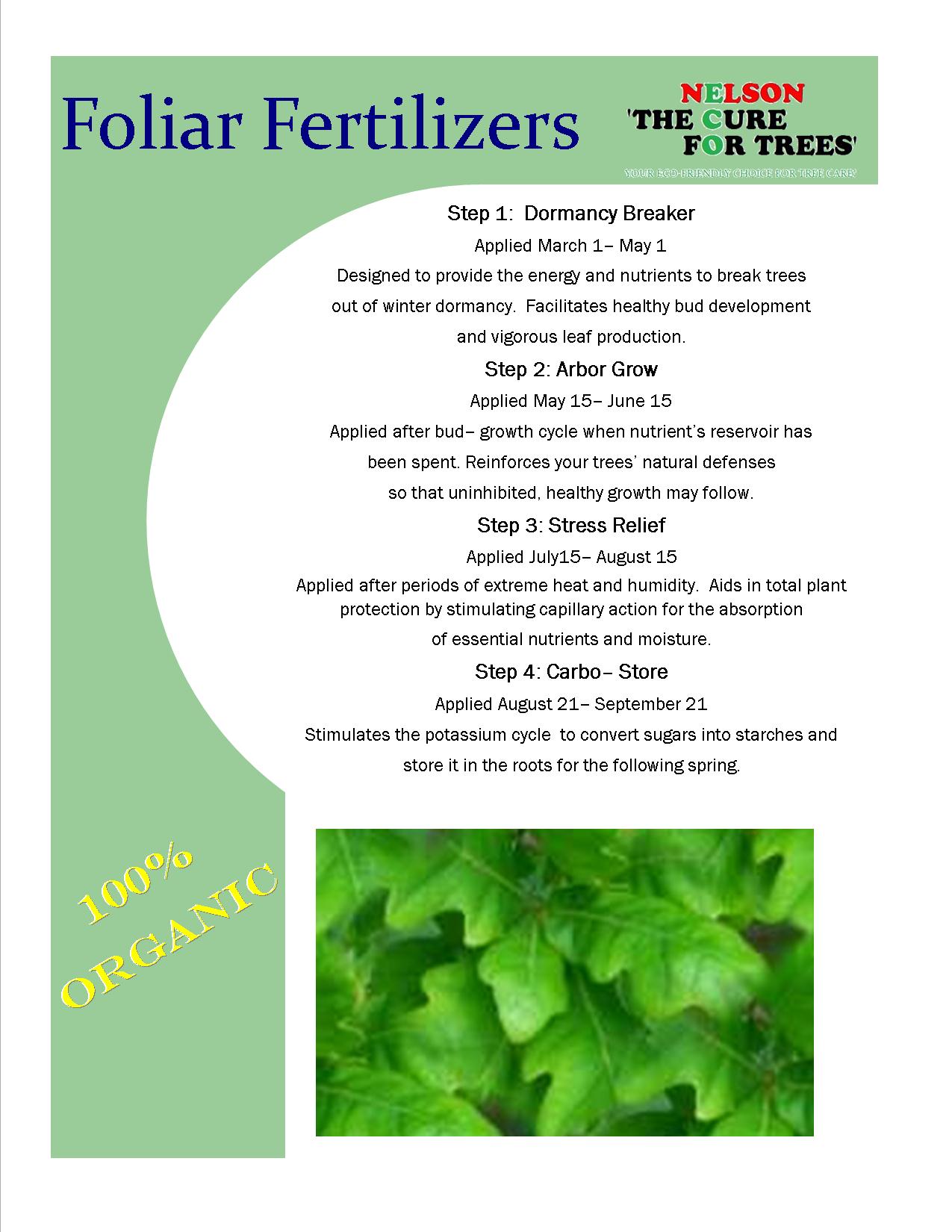What is Crabapple Scab?
APPLE SCAB Venturia inaequalis Apple Scab is a common landscape tree disease due to the popularity of the Crabapple tree. Although Apple Scab will not directly kill a Crabapple tree it can weaken the tree thereby making it susceptible to other, more harmful, disease or insect pests. The early leaf loss associated with Apple Scab will also reduce the aesthetic beauty of the Crabapple tree and, in some Crabapple varieties, will reduce the amount of flowering the following spring. TREES INFECTED BY APPLE SCAB There are several hundred varieties of Crabapple that have been hybridized over the years. Some varieties of Crabapple are highly resistant to Apple Scab, while certain […]
Passion for Tree Care…
When you think of most service professionals you hire, or even the ones you get an estimate from, do they appear to have a passion for doing their job, or are they in it just for the paycheck? We have been looking at different service providers lately and wondering the same thing… I can honestly say, we keep doing what we’re doing because we have a passion for doing tree work! If you are our customer you know this; if you’re not, all you need to do is ask someone we’ve worked for. We strive to make every job stand out, and we are not pleased unless our customer is. We […]
How to properly sharpen your Stihl Chainsaw
We prefer to use Stihl chainsaws in our operations routinely (and no, this is not a paid advertisement!) We do recommend their chainsaws for home use as well, if you can put it in your budget. Routinely, we see our customers trying to use a chainsaw with a dull chain. This is ineffective, and causes a safety hazard. To see how to properly sharpen a chainsaw, look at the video that is linked above. Remember to always follow manufacturers recommendations for your chainsaw, and always work on a steady surface. If you have any questions, feel free to email Ken at ken@nelsontreecare.com Happy Sharpening!!
Tree Care Tips
During the course of the year, we will try to provide you with timely tips to help you care for your trees. If you have any questions, or need additional tree help, please don’t hesitate to call our offices to speak with us. Mulching Around Your Trees Your trees roots lie mostly in the top 2′ of soil around your tree. The feeder roots lie mostly within the top 6″ of soil. When you have grass around the base of your trees, it competes with the trees’ feeder roots for water and nutrients. The best practice is to remove the grass to the drip line of the tree and top dress […]
Certified Arborists Code of Ethics! Courtesy of the ISA
If you’ve ever wondered why you would want to hire a Certified Arborist over any other tree company operating without one, read the following Code of Ethics that every Certified Arborist is required to sign before they can be recertified. Although not all companies operate according to these ethics- some companies will have employees become Certified Arborists to use the title only- once you interview a tree care company, and the Arborist(s) that work there, you will know if they operate by these Ethics. Here is a link to the article: http://www.isaarbor.com/certification/resources/cert_Ethics_CACodeofEthics.pdf We hope this helps you in making informed decisions about who will be caring for your trees and […]
What Kills Tree Care DIY-ers?
While a lot of tree care can be handled by homeowners, there is a point in which you absolutely should call your local professional tree care company! The attached article from the recent TCIA magazine highlights when DIY tree care is most likely to kill you: http://www.tcia.org/digital_magazine/tci-magazine/2013/04/index.html#?page=34 Here at Nelson Tree Service, we are happy to come out and give you a free estimate to take care of your tree work, and while we are there, feel free to ask us what you can safely handle on your own. Remember, if in doubt, call us out!
Apple Tree Pollination
Recently we had a customer ask if he needed to replace his Red Apple tree that he lost in a storm last year to help pollinate his two Green Apple trees. Naturally, I was stumped on this, and had to go to the experts at the Morton Arboretum for answers. This is what they responded: “The only way that the loss of the red apple tree would affect the green apple tree is if the red one was the only pollinator for the green one. An apple tree needs to be pollinated by an apple tree of a different variety. If the two green apple trees are the same variety they won’t […]
What Is Tree Topping?
Tree topping is the drastic removal, or cutting back, of large branches in mature trees, leaving large, open wounds which subject the tree to disease and decay. Topping causes immediate injury to the tree and ultimately results in early failure or death of the tree. Other names for this malpractice include stubbing, heading, heading-back, stubbing-off, tipping, hatracking, topping-off, dehorning, lopping, or roundover. In short, topping- by any name- is the worst thing to do to the health of a tree. Crown Reduction, on the other hand, can be done without harm to the tree; and should be done by a professional Certified Arborist trained in Crown Reduction. Taken from the […]
Carpenter Ants
By Jodi Zirbel What does it look like? Carpenter ants are found in most parts of the world, but in the United States the most common species is the black carpenter ant, Camponotus pennsylvanicus. Other carpenter ant species in the LACE w:st=”on”>U.S.LACE> include Red carpenter ants, Camponotus ferrugineus, and Smaller carpenter ants, Camponotus nearcticus. Among the largest ant species, carpenter ants range in size from 3/8 inch for worker ants up to 1 inch for winged queen ants. Although other ant species may appear similar, carpenter ants have a smooth, convex thorax, whereas other species feature an uneven or notched thorax. In addition, when viewed from the side, carpenter ants […]


